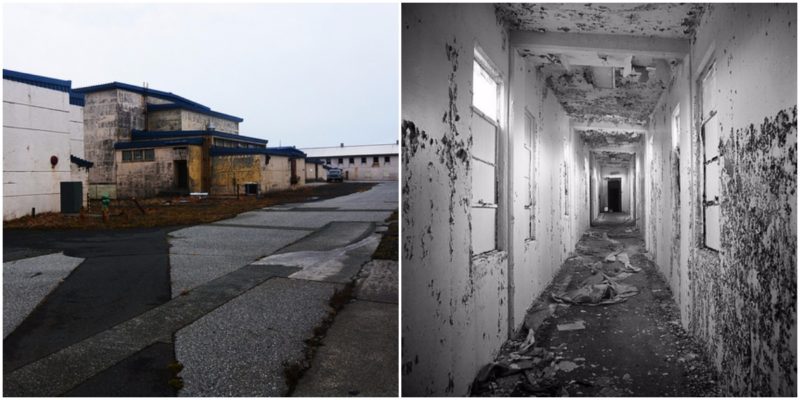Alaska’s southernmost town Adak is located on the island of the same name near the western extent of the Andreanof Islands group of the Aleutian Islands in Alaska.
Adak Island has a land area of 274.59 square miles (711.18 km2), making it the 25th largest island in the United States. Since ancient times this island has been home to the Aleut people, and it’s name comes the Aleut word “Adaq” which means “father”, making this island the Father Island.
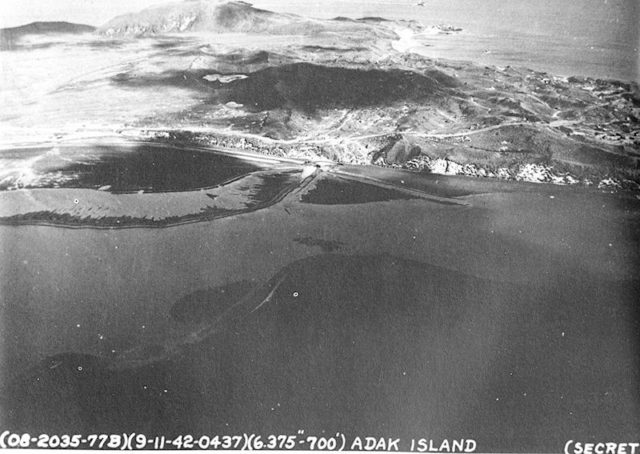
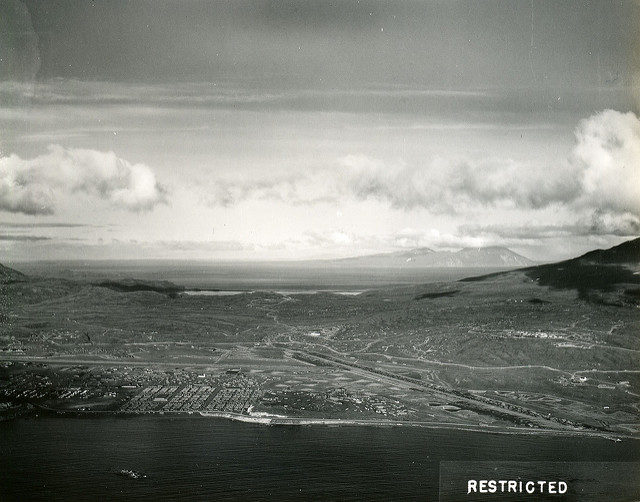
Adak has a sub polar oceanic climate characterized by moderate temperatures but high winds and frequent cyclonic storms. Due to strong, cold winds and low temperatures, clouds cover the island for the most of the year.
Vegetation is mostly tundra at lower elevations. The average snowfall is 100 inches, falling on the upper grounds of the two volcanoes Adagdak and Mount Moffett. The highest point of the island stands near the northwest end on the Mount Moffett volcano and elevates 3,924 feet above sea level.
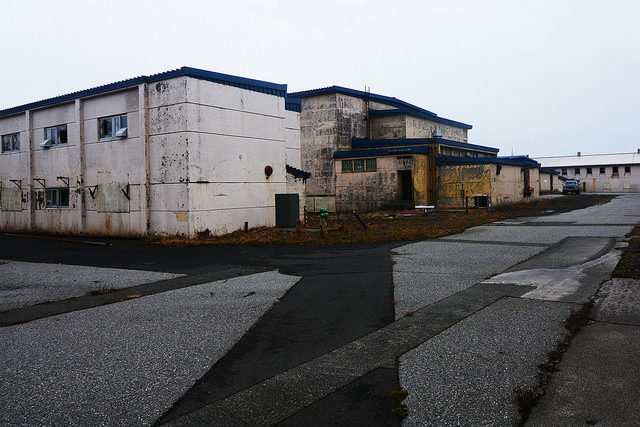
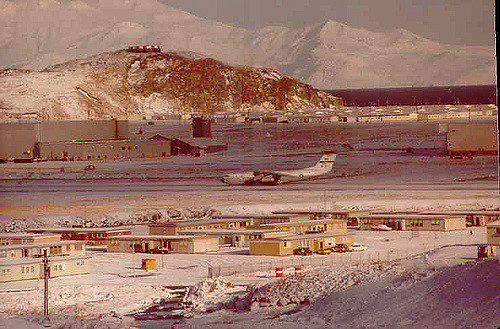
The island was visited several times by Russian explorers in the 18th century, but they never made a permanent settlement.
During the Second World War, the Imperial Army of Japan seized two of the westernmost Aleutian islands: Attu and Kiska. From here they launched an air attack on the American base at Dutch Harbor.
The American reaction was to construct a new military base on Adak island – a Naval and air facility that could take full control of all the Aleutian Islands and oust the invaders.
Construction and operations began in September 1942. On May 11th, 1943, American soldiers landed on Attu Island and successfully defeated the Japanese Army garrison. The outcome of the battle was 2,300 Japanese and 550 American dead soldiers.
The second offensive was expected to be similar and with pretty much the same outcome. However, US soldiers landed on Kiska Island on August 15th, 1943 to find that the Japanese Army garrisons had been stealthily evacuated.
Being as it was, an attack on an abandoned base, still over 300 American soldiers died from friendly fire, land and sea mines, and other anti-personnel devices the Japanese had planted before they left.
![Servicemen at work / Adak 1/10/43. [Men, left to right] AMM 1/c Bill Maris, CNAP Bill Dunn, ARM ½ Chandler, AMM 3/c Barnett, AMM 1/c Strattos – Author: Alex Lindeman – CC by 2.0](https://www.abandonedspaces.com/wp-content/uploads/sites/58/2017/07/8883883600_ce679d05a3_z-640x424.jpg)
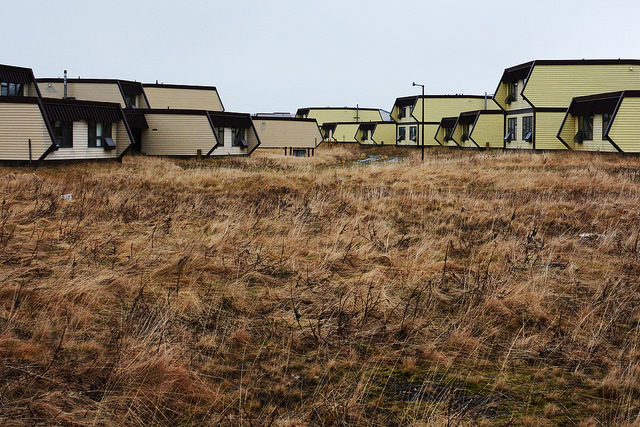
The construction of a base on Adak and the presence of the Japanese there opened a discussion between the Allies during the Second World War.
While some saw it merely as a distraction and diversion from the North African Campaign and wanted to leave the islands to Japans Imperial Army, others, particularly the commanders in Alaska, believed that the Japanese being so close to America were a threat to US borders.
They thought it best to run them off, take the islands back into US hands and from that position counter attack Japan.
The establishment of Adak Army Airfield (Code named: Longview) was done with a lot of effort. Following the attacks on the Japanese island bases, a swift survey of the coast line was carried out and tidal marsh was located which had a firm foundation of sand and gravel beneath it.
The 807th Engineer Aviation Battalion set about to build dikes and drainage channels before clearing away the topsoil to reveal the solid ground beneath.
By 10th of September the construction of the airfield was completed and the 73rd Bomb Squadron B-18 Bolo successfully landed on the runway.
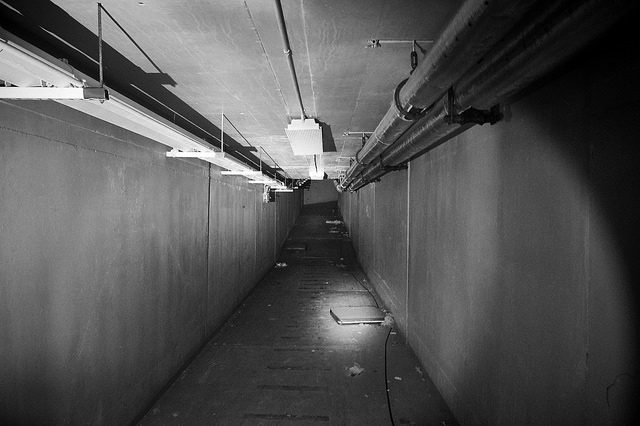
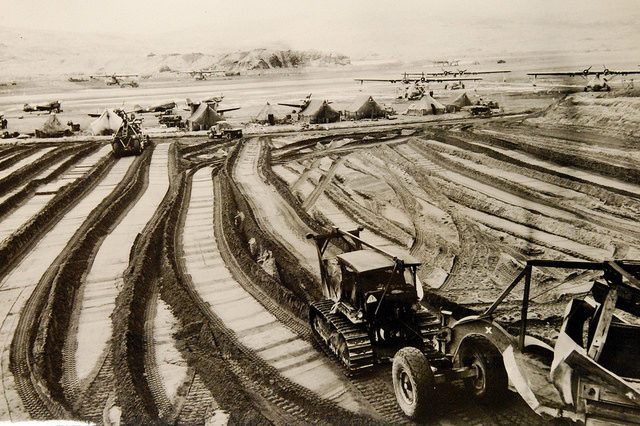
Immediately after landing, army tents were erected. With the airfield complete, now construction of additional station facilities started with full pace.
In a short time the air base was fully underway. The closure of the distance between the US and targets in the Pacific Ocean opened new possibilities for direct actions and missions.
After the Second World War on July 1st, 1950 the United States Navy established an anti-submarine warfare base on the island.
This was mainly for surveillance and to gather intelligence on Soviet Union surface vessels. By the 1980s it was one of the most important US military bases on the Pacific with over 6,000 Navy personnel.
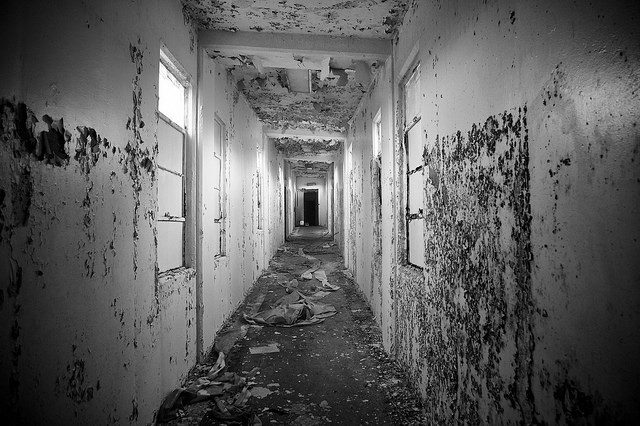
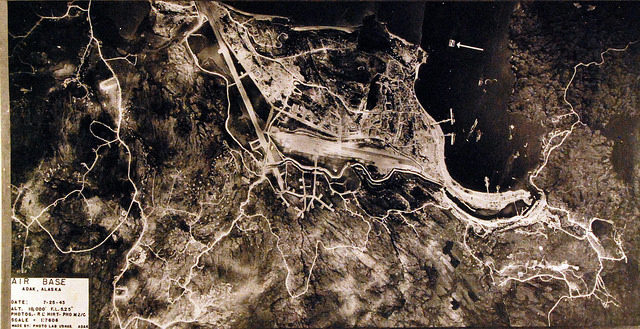
On 31st of March 1997 the Navy closed the Adak Naval Air Facility with a lowering of the flag for the last time. 30 Navy personnel and 200 civilians were left behind to maintain the facilities.
